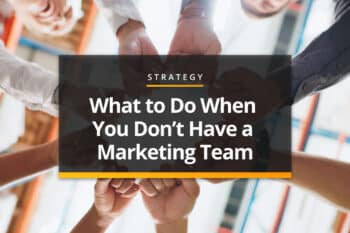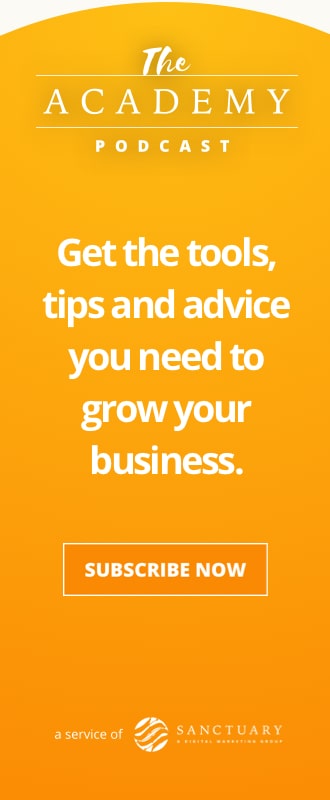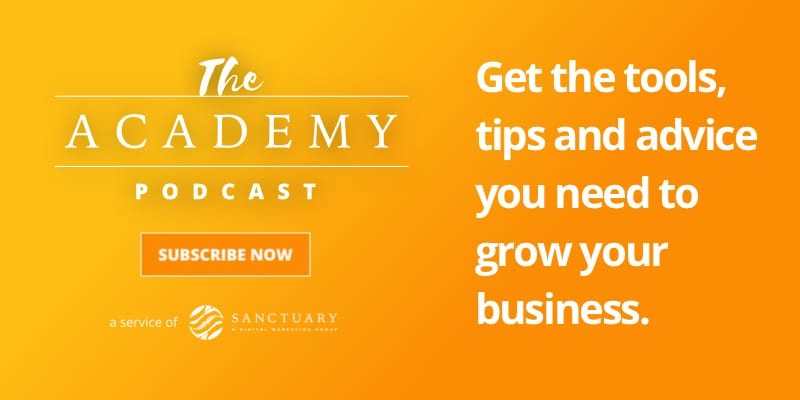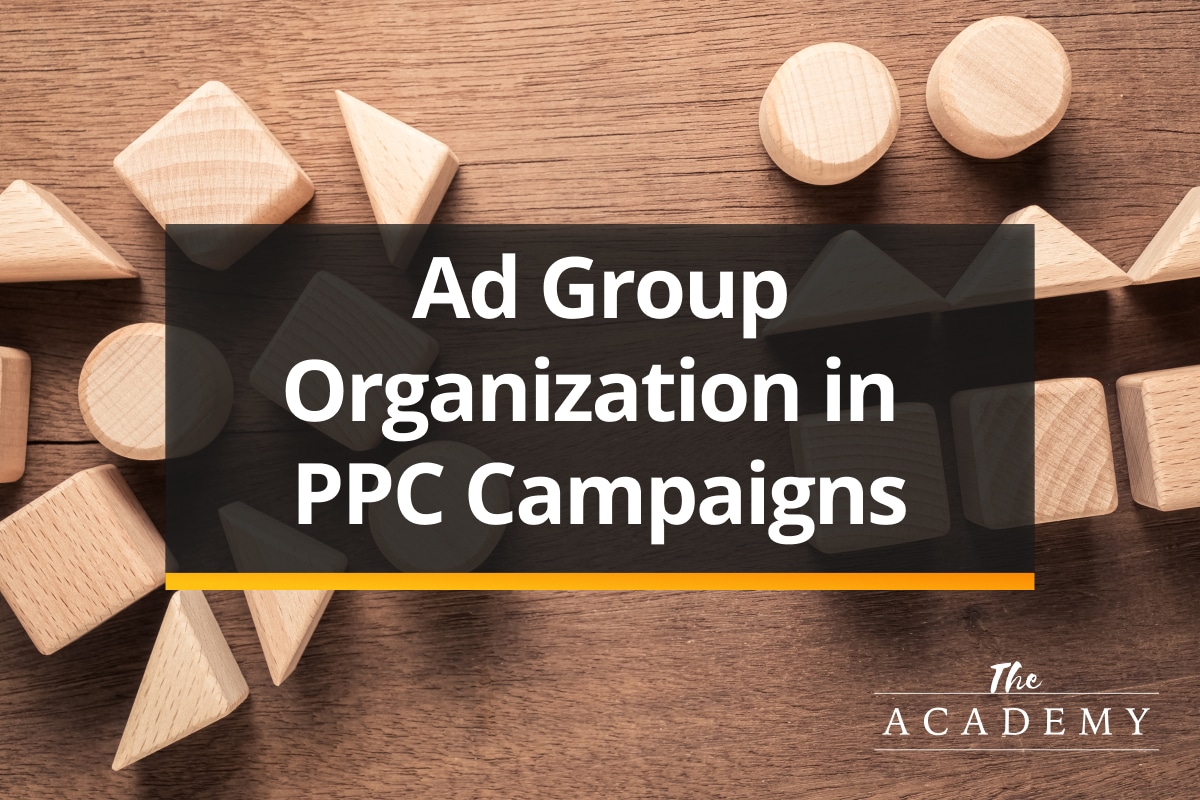
As marketers, we’re constantly striving to reach the right audience with the right message at the right time. In the realm of paid search advertising, achieving this hinges on the meticulous organization of your ad groups. Whether you’re a seasoned PPC veteran or just dipping your toes into the world of online advertising, mastering the art of ad group organization can elevate your campaigns to new heights. Let’s review the complexities of ad group setup in PPC accounts, equipping you with the knowledge and tools to drive better results and maximize your marketing ROI.
Understanding Ad Groups
An ad group is part of a PPC account’s organizational structure. Ad groups consist of one or more ads that share a similar target. There are three main components to PPC account structure.
- Account
- Campaign
- Ad Group
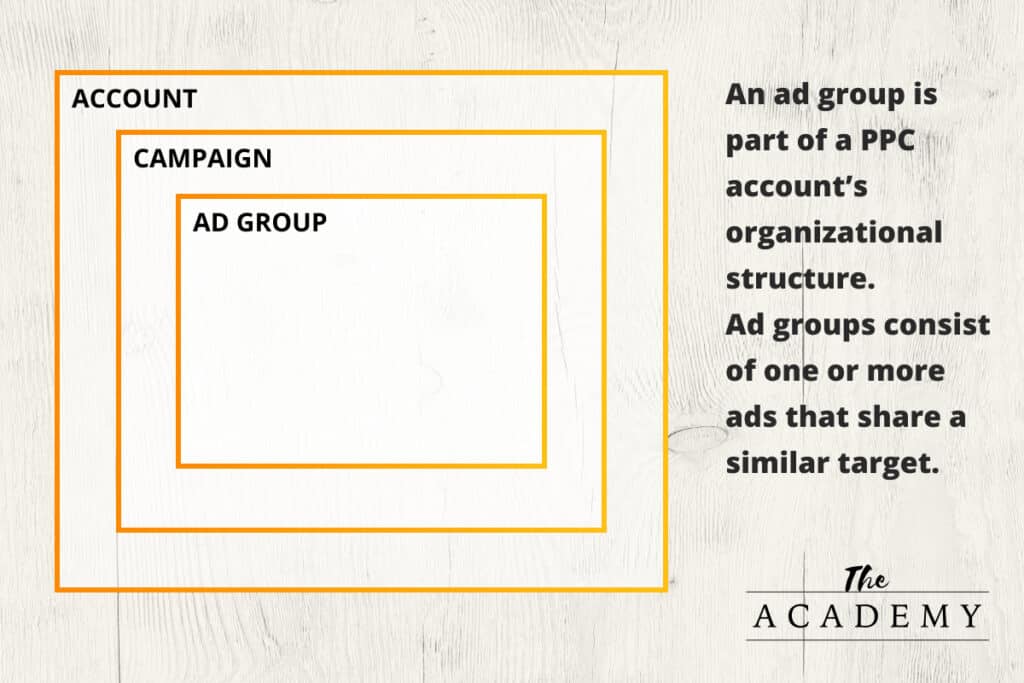
Accounts are the overarching component where billing and email address access are set. Campaigns are then established, during which settings such as ad placement and budget allocation are determined. Lastly, ad groups within each campaign will contain groupings of similar keywords and ads.
Keyword Research and Grouping
Key phrase research lays the foundation for successful PPC campaigns by uncovering the specific terms and phrases your target audience uses when searching for products or services. This not only helps identify high-performing keywords, but also allows you to tailor ad messaging accordingly.

You’ll want to organize keywords into themes or topics.
- Group by Product or Service Categories
- If you offer a variety of products or services, organize keywords into separate ad groups based on different product categories or service offerings. For example, a clothing retailer might have separate ad groups for “Men’s Clothing,” “Women’s Clothing,” and “Accessories.” Depending on the product selection, these categories may be broken down even further.
- Consider Buyer Intent
- Group keywords based on the intent behind the search queries. For instance, separate keywords with informational intent (e.g., “how to lose weight”) from those with transactional intent (e.g., “buy fitness equipment”).
There are different tools available for keyword research. Two commonly used are SEMrush and Google Keyword Planner. When using the keyword planner tool within Google Ads, they will even help you organize these keywords and begin campaign set up.
Ad Copy and Landing Pages
Now it’s time to create compelling responsive ad copy that aligns with your ad group themes. As you write ad copy in Google Ads, they will provide you with an ad rating that will improve as you provide more content and, most importantly, relevant content. Here are some suggestions to keep in mind as you write your ad copy.
- Keyword Integration
- Highlight Unique Selling Proposition
- Call-to-Action
- Align with Landing Pages
Implementing these strategies will help you create compelling ad copy that aligns with your ad group themes and maximizes the impact of your PPC campaigns.
Regularly Review Performance and Make Adjustments
Check on key performance metrics at the ad group level:
- Click Through Rate (CTR)
- Conversion Rate
- Cost Per Conversion (CPA)
- Impression Share
- Cost Per Click (CPC)
By analyzing performance data and making strategic adjustments, you can improve ad relevance, increase click-through rates (CTR), and ultimately drive better results. You could be adjusting bids or overall bid strategy to help with performance. Reviewing search query results often and adding negative keywords to avoid unqualified traffic will help to hone in on the right audience. Ad copy testing and optimization can also be done periodically to obtain the best results.

Elevate Your PPC Campaigns with Ad Group Optimization
By strategically organizing your ad groups around specific themes or topics, aligning ad copy with targeted keywords and landing pages, and implementing key techniques for optimization, you can enhance the relevance, performance, and ROI of your PPC campaigns.
Most Popular Articles

Seeing Favicons in Your Google Search Results? Here’s Why…
Have you noticed anything different in your Google Search results lately? Google added tiny favicon icons to its organic search results in January. It was…
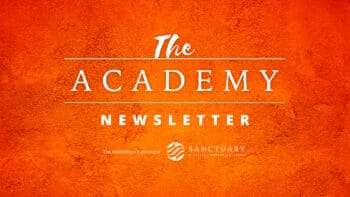
Business Growth and Digital Marketing News & Tips 11-17-24
Are you encouraging and rewarding innovation? Lee Cockerell is the former Executive Vice President of Operations at Walt Disney World. A lover of traditional red…

Business Growth and Digital Marketing News & Tips 11-27-24
A culture of gratitude "Feeling gratitude and not expressing it is like wrapping a present and not giving it." – William Arthur Ward Beyond being…


